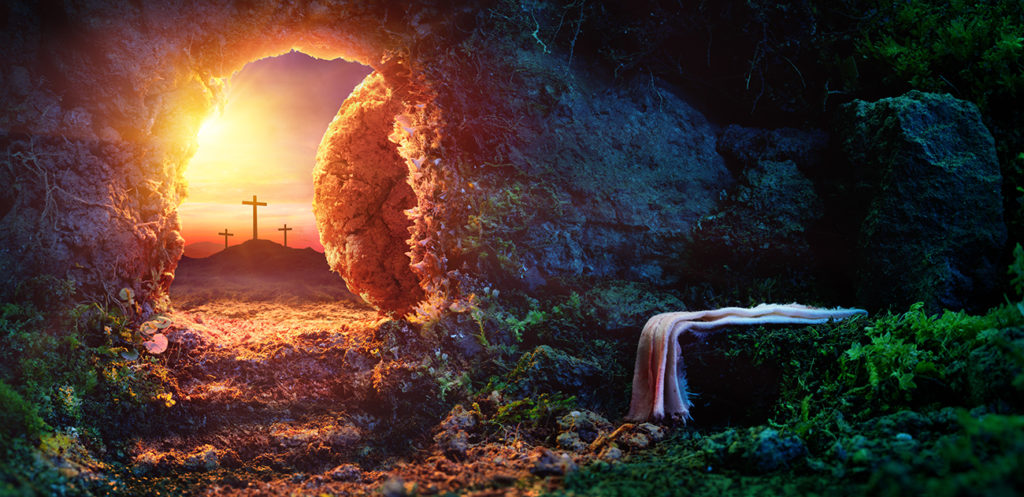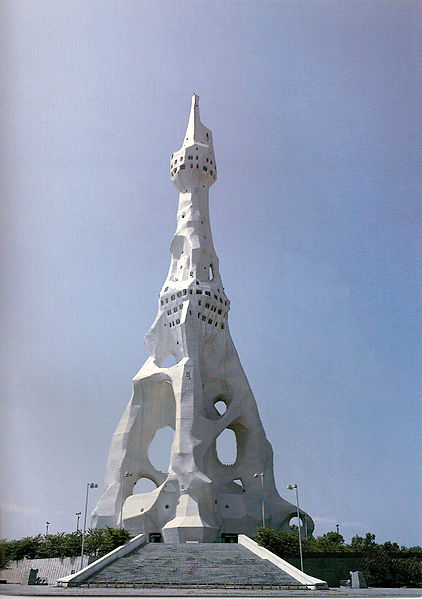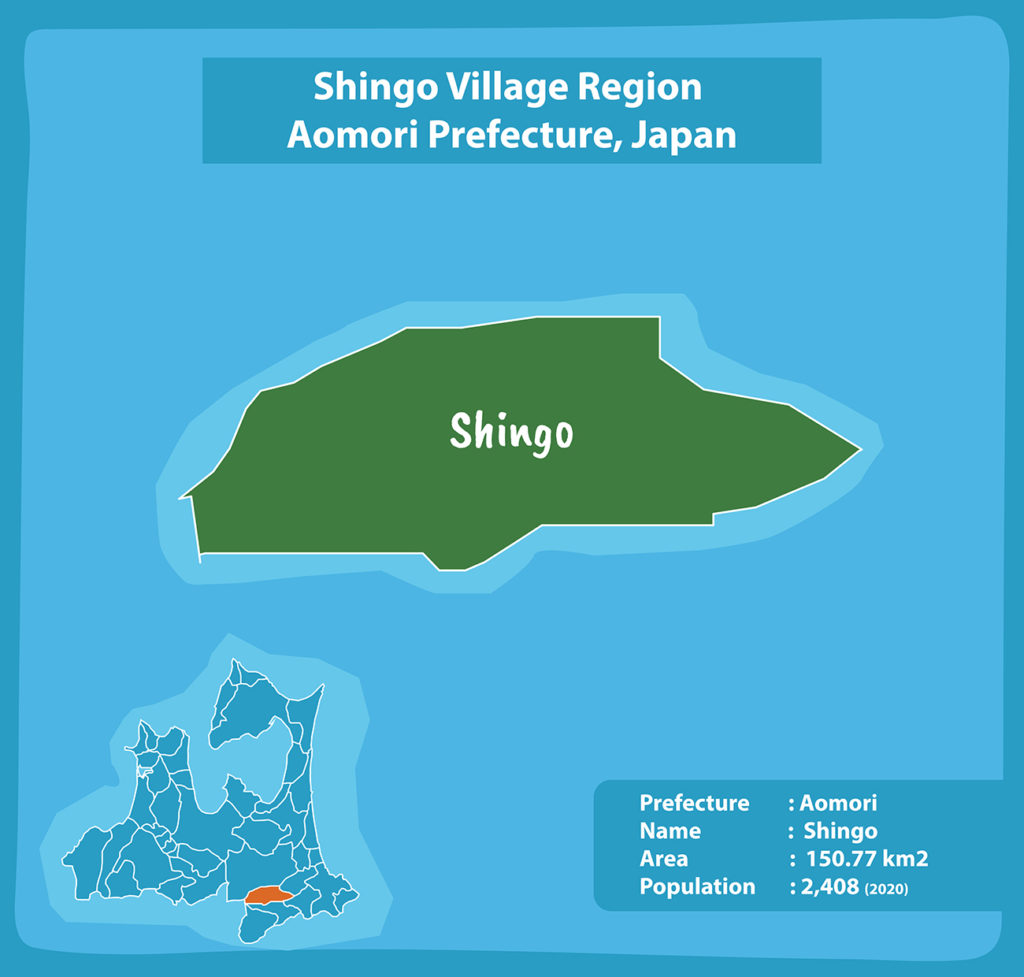
Unravelling the Takenouchi Documents
Japanese people follow predominantly the Shinto and Buddism religions. Shinto is the ethnic religion of Japan, focusing on traditional ritual practices and multiple gods. Buddhism on the other hand, was introduced to Japan by five Chinese monks from Gandhara (an ancient kingdom extending to the Swat valley and Potohar plateau regions of Pakistan and the Jalalabad district of north eastern Afghanistan).
The monks traveled to Japan during the Kofun period (250 to 538) and spread Buddhism around the country. A small percentage of the Japanese population are members of other religious sects or movements.
Mahikari, or shinshūkyō,nis one such Japanese new religious movement founded in 1963 by Yoshikazu Okada. Many of Okada’s ideas were taken from the Takenouchi Documents. The Takenouchi Documents are the works of cosmo archeologist Wado Kosaka, who gained fame by attempting to contact aliens on live television.
The Great Peace Prayer Tower, religious building of the Perfect Liberty Church.
The documents were found in 1936 and destroyed during World War II, but reproductions are on display at the Jesus Museum.
According to the Takenouchi Documents, it was not Jesus Christ who was crucified at Golgotha, but his younger brother Isukiri. It is said that upon being captured by the Romans, Jesus escaped by switching places with his brother.
Jesus took with him a lock of the Virgin Mary’s hair and one of his brother’s ears and fled to Japan. He then settled down in the village of Shingō, located in Sannohe District of south-central Aomori Prefecture in the Tōhoku region of Japan.
Jesus is said to have had three children with a local woman before passing away of natural causes at the age of 106. It is believed that many of the village’s current inhabitants are descendants of Jesus.
The Tomb of Jesus Christ rests on top of a hill and is an actual burial mound with a large cross on top of it. Beside it is another, almost identical mound where the ear of Isukiri and the Virgin Mary’s lock of hair are buried. The story may seem so outlandish, but many believers point to signs that indicate that the story is true such as the variations in customs, in speech, and in the eye color of many of the villagers at Shingō as evidence of the Anglo-Christian influence of Jesus in the area. Believe it, or not.


